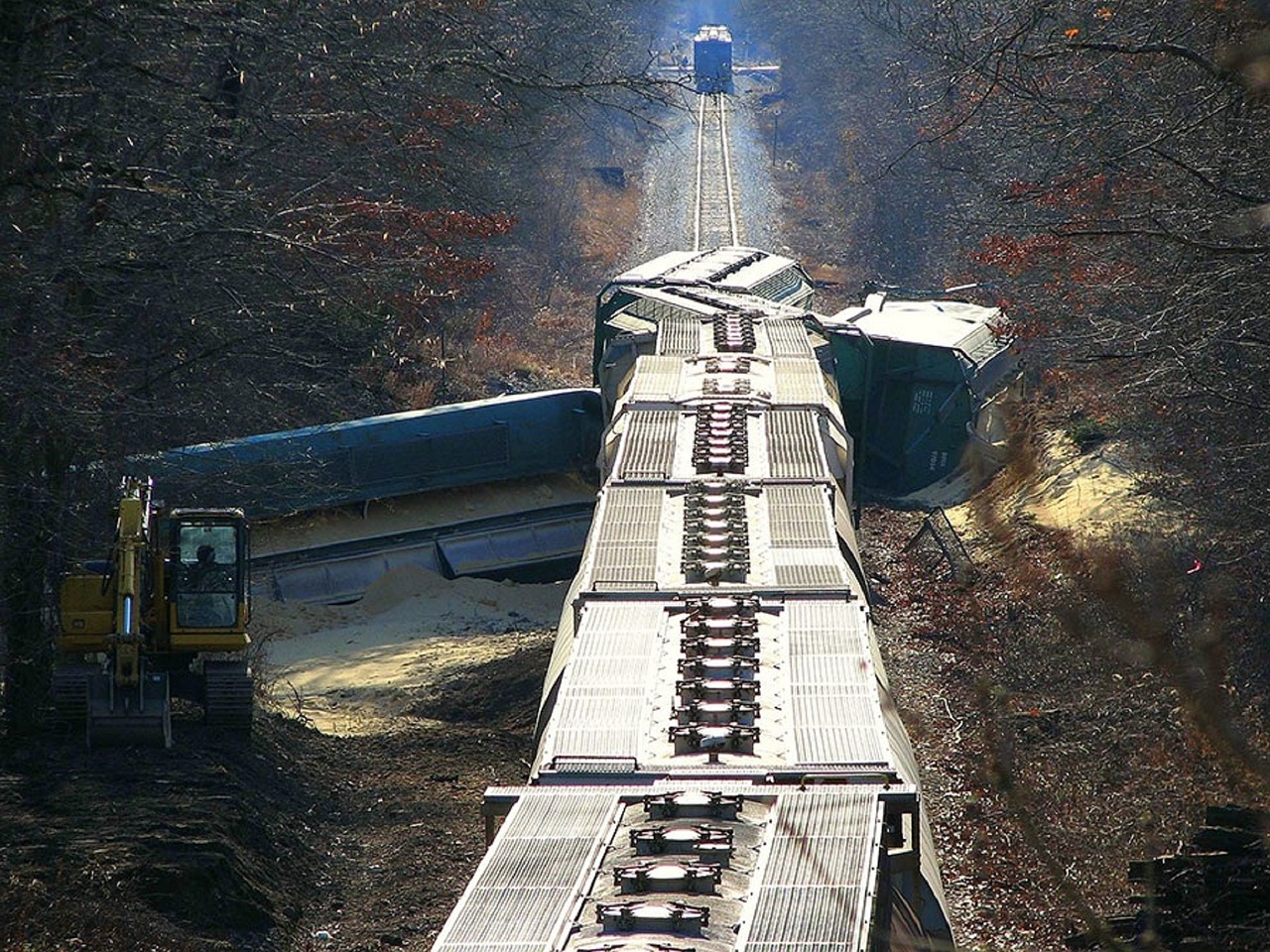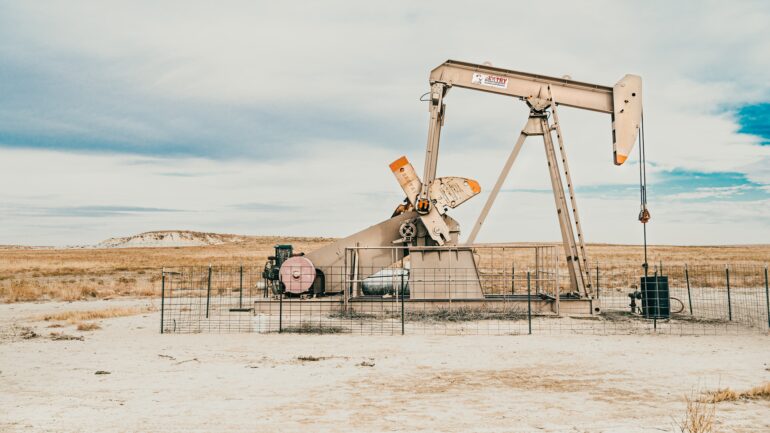By Samhar Almomani, Publishing Associate: Researcher and Writer at Save the Water™ | March 23, 2023
On February 3, 2023, residents of East Palestine, Ohio learned about a Norfolk Southern train derailment. This tragedy worried members of the community because the train carried toxic chemicals, such as dioxins. Due to fears of an explosion, authorities decided to ignite a fire in what was called a “controlled release.” Although this alleviated concerns of an explosion, there were increasing concerns of the derailment possibly impacting people’s health and the environment.
The derailment involved 38 cars, which included 11 carrying hazardous materials. The Environmental Protection Agency (EPA) has begun the process of shipping solid and liquid wastes from the site to facilities specialized in storing these chemicals.
During this time, officials have told residents that air and water quality in the town haven’t been impacted by the derailment. However, new data from East Palestine shows that the soil in the town contains dioxin levels hundreds of times higher than the exposure limit that the EPA had found poses cancer risks.
What Are Dioxins?
“Dioxins” is a general term for chemically-related compounds that usually gather in the fatty tissue of animals. Most human exposure (90%) comes from food, specifically meat and dairy products, as well as fish and shellfish. Dioxins are a major concern for environmentalists. They’re highly toxic and result in many harmful effects on people:
- Reproductive and developmental problems
- Damage to the immune system’s responses
- Interference with hormonal systems
- Several types of cancer
- Skin lesions and altered liver function
Dioxin exposure can be more harmful to certain groups of people, such as developing fetuses. Newborns that are still developing their organ systems can be especially vulnerable to some of the effects of dioxin. People who work in certain occupations, such as workers in the paper industry, may be more susceptible to exposure. This is because they would already have high levels of the toxin in their bodies.
Clean-up’s Progress so Far
The EPA has stated that they’re “committed to protecting the health and safety of the East Palestine, Ohio community.” That being said, many people have expressed frustrations with the EPA’s interventions. Even though the EPA has claimed that the levels of dioxin present are low, the agency’s scientific research suggests that these levels are not safe. “So based on [the levels of dioxin], the concentrations are pretty concerning,” said Carsten Prasse, an organic chemist at Johns Hopkins University and a scientific advisor for SimpleLab.
Ohio Governor Mike DeWine has expressed frustration about the environmental disaster and slow pace of the cleanup. Recent numbers show that 1,620 tons of waste have been removed the week of March 18, 2023.
Moreover, the EPA announced that 910 tons were removed the week before. A total of 6.7 million gallons of contaminated liquid were extracted from the water bodies since the derailment in February. Recent estimates show that 26,000 tons of toxic dirt remain near the site.
The EPA recently announced that the cleanup will likely take another three months. This didn’t help ease any anxieties. Many people are wondering if they may need to move out of town, fearing for their families’ health. Even though residents were told early on that they can safely return to their homes, people are finding it hard to trust officials.
The Impact of the Dioxins
There have already been a few reports locally about residents experiencing headaches and eye irritation. Animal deaths have also been observed in the area. The Ohio Department of Natural Resources have estimated that the derailment resulted in the deaths of 3,500 fish. There have also been reports of dead chicken as well as other wildlife.
Gerlad Poje, a toxicologist and a former founding member of an independent federal agency, Chemical Safety Board, said that understanding the full impact of the derailment could take months or years before the full extent of the damage is understood.
The Future of East Palestine, Ohio’s Water
Whatever the future holds for East Palestine, one thing is for sure: the tiny town has forever been changed. For weeks, citizens of a once-quiet Ohio town have seen their streets become filled with large utility trucks used for cleaning environmental toxins. The rivers in the town now house many hoses that run through the two creeks going through East Palestine. Only time will tell if the EPA’s reports were right in saying that residents’ health won’t be affected. In contrast, the residents might find that their health has been affected by the train derailment.




